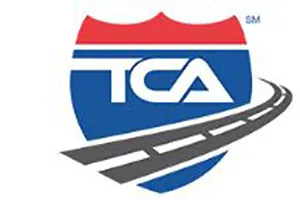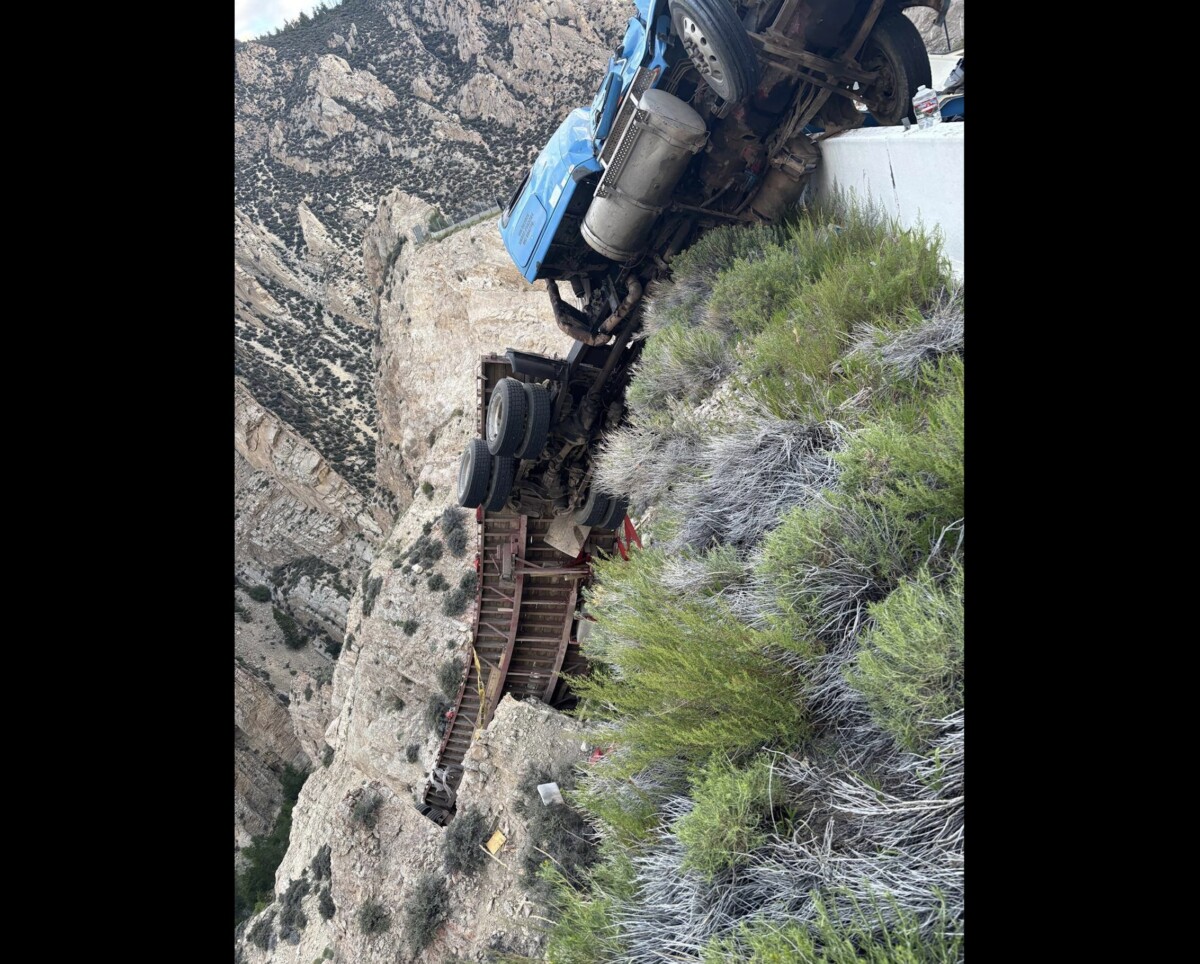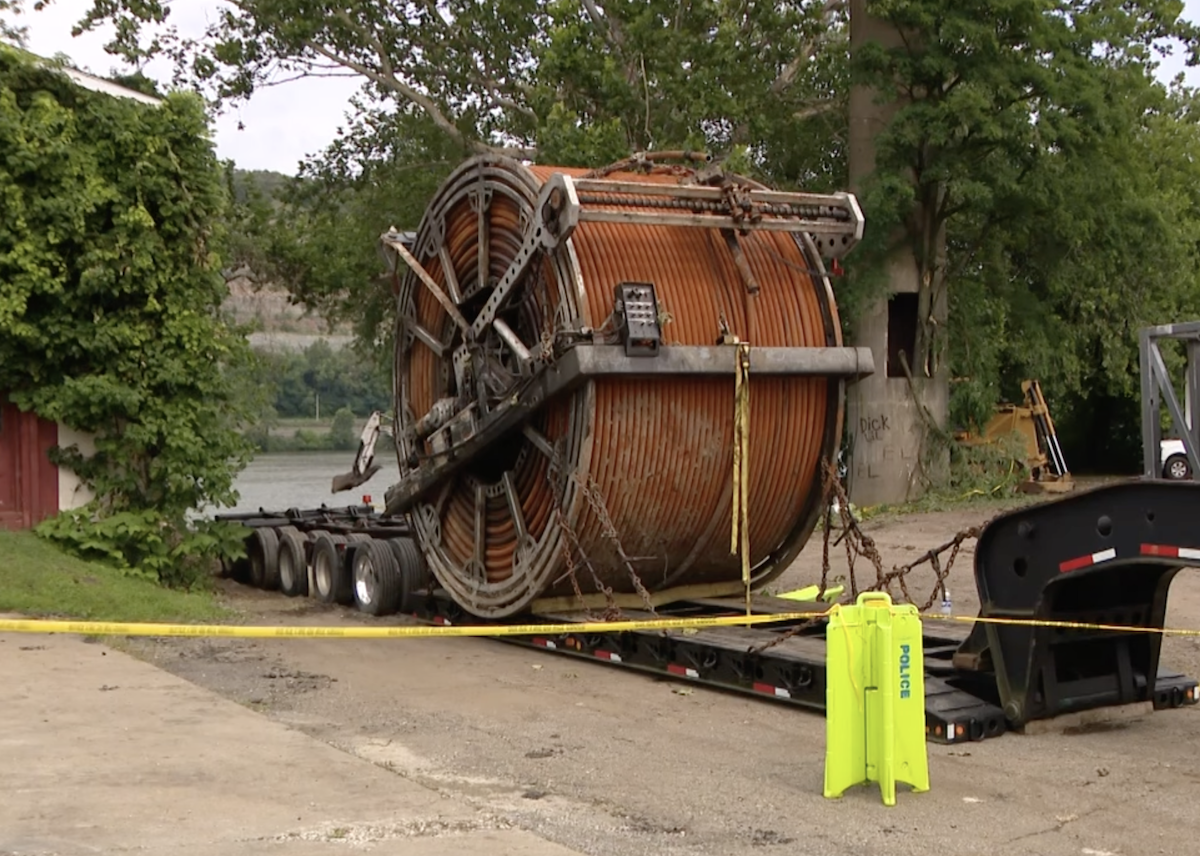Patrick Gagnon, vice president of Montreal, Quebec-based Trans-West Logistics, told TT that demand for capacity has spiked ahead of each of the tariff deadlines as customers have moved up delivery of goods. (Patrick Gagnon)
PHOENIX — Tariffs have the potential to impact everything from trucking capacity and freight lanes to new and used equipment costs, and uncertainty over what will happen is introducing new challenges for the trucking industry, experts said.
“Uncertainty is not our friend,” said Joe Beacom, vice president and chief safety and operations officer for Landstar System, during a panel discussion with large carriers at the Truckload Carrier Association’s Truckload 2025 annual conference.
Beacom said his company has made significant investments along the Mexico border in Laredo, Texas. He noted that while several companies have moved operations from China or Asia to Canada or Mexico, that could change if President Donald Trump’s long-threatened tariffs are imposed.

Beacom
“Longer term, the idea of nearshoring is still viable and real, but there’s a lot of gray in between,” Beacom said. “Where does the nearshoring occur? That uncertainty is driving people bananas.”
Landstar ranks No. 10 on the Transport Topics Top 100 list of the largest for-hire carriers in North America and No. 26 on the TT Top 100 logistics companies list.
TFI International, which ranks No. 4 on for-hire TT100 and No. 39 on the logistics TT100, has a significant presence in Canada and Mexico. “We’re getting hit on both sides,” said Steve Brookshaw, the company’s senior executive vice president.

Brookshaw
To help understand the full potential impact of tariffs, Brookshaw said TFI is looking beyond individual products its drivers move to the finished goods and their ultimate destination. TFI does a lot of business in the food space, he noted, delivering individual ingredients, such as sugar and chocolate. However, if cookie sales slow due to tariffs, manufacturers won’t need as many deliveries of raw materials. “It will hit domestically just as hard as everything else,” Brookshaw said.
While speaking with Transport Topics after the panel session, Brookshaw said the on-again, off-again choppiness is the biggest challenge. “It is hard on our guys,” he said.

Patrick Gagnon, vice president of Montreal, Quebec-based Trans-West Logistics, told TT that demand for capacity has spiked ahead of each of the tariff deadlines as customers have moved up delivery of goods. “Some customers have asked us to move 10 times their normal loads per month,” he said. “Nobody has the capacity to do it. Otherwise, we’d be putting those trucks to work.”
RELATED: Truck Tonnage Rises 3% in February, Signaling Recovery
Tariffs could shift traffic patterns. “For most of our customers, 95% of their business is in the U.S., and they are either going to raise the price of the product or find a new lane in Canada,” Gagnon said. “They either don’t know yet, or they know, and they aren’t telling us.”
Bob Costello, chief economist for American Trucking Associations, said tariffs could drive equipment costs higher. About 40% of all Class 7 tractors purchased by the trucking industry are assembled in Mexico, and many parts pass back and forth across the border several times as part of the manufacturing process. “There would be this tariff every time it crosses the border,” Costello said.
RELATED: February Medium-Duty Sales Decline 16.8% Year Over Year

Costello says that every time a truck part passes over the border, a tariff would be implemented. (John Sommers II for Transport Topics)
Tariffs could add $25,000 to $35,000 to the cost of a Class 8 tractor. If tariffs add to the cost of new equipment, Costello expects demand and prices for used trucks to surge.
RELATED: Class 8 Truck Sales Lose More Ground to Previous Year
An even bigger concern is that if tariffs last for a substantial amount of time, it increases the risk of inflation and a macro-recession, likely decreasing freight volumes. “There are unknowns surrounding tariffs,” Costello said.
To help prepare for tariff deadlines, Gagnon said Trans-West Logistics is educating drivers and has advised them not to cross the border once tariffs take effect until they have the explicit approval of the shipper.
Nick Darman of Alvys discusses the evolution of transportation management systems and workflow automation, while David Bell of CloneOps.ai shares insights from the Manifest 2025 supply chain innovation conference. Tune in above or by going to RoadSigns.ttnews.com.
“If the tariffs take effect starting at midnight, and our driver can’t cross in time ahead of that, we are telling them to wait to cross,” Gagnon said. “If it is a $300,000 load, and there is going to be a 25% tariff plus 4% broker fees, we need to know the shipper will pay those.”
While addressing attendees at the conference, John Culp, president of Maverick Transportation and TCA’s 2024-2025 chairman of the board, said there is little carriers can do. “We can’t control whether or not these tariffs come or not, so let’s go out and let’s keep doing what we’ve been doing, keep doing it every day, and keep moving the nation’s freight.”
Maverick ranks No. 76 on the for-hire TT100.







